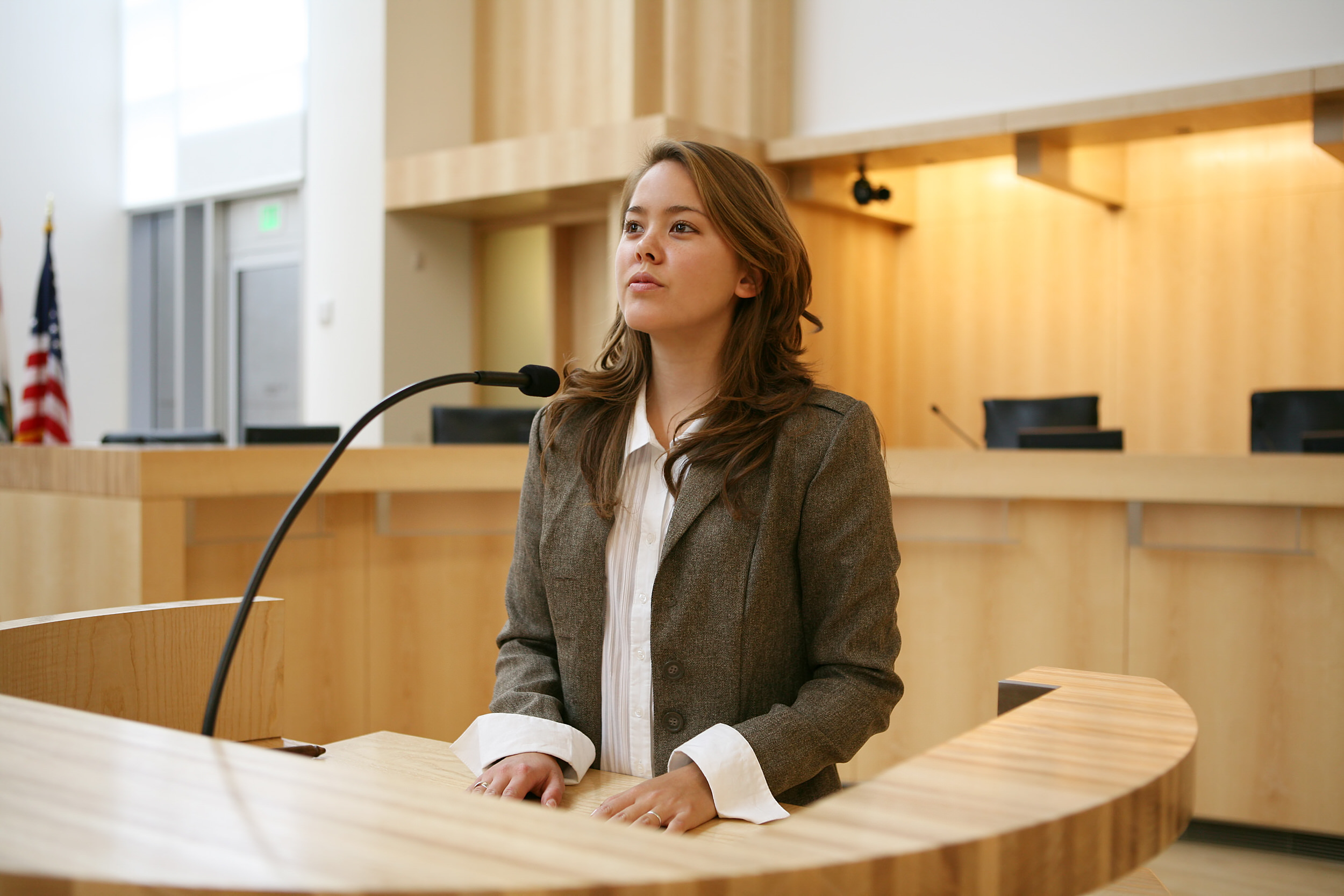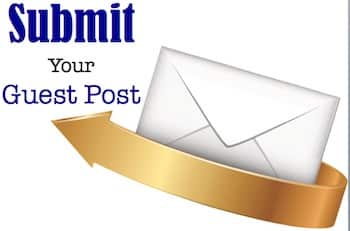How To Interview A Lay Witness
June 18, 2020Table of Contents
Introduction
When representing an injured person in litigation, the question of how to maximize the effectiveness of a lay witness will invariably arise. A lay witness that has been carefully selected, and thoughtfully interviewed can add immeasurable value to a civil case.
Effective use of a lay witness is strategic and deliberate. The strategy must begin immediately upon being retained by the client. An initial step is to gather a complete picture of the client’s pre- and post-accident medical condition and the mechanics of the accident. Obtaining a copy of all pertinent records will help to guide the selection of the right lay witness. Once the lay witness is selected, it is not only the interview that may add value to your client’s case, but it is the approach taken, and the follow-through afterward.
How to Identify the Lay Witness: Your Roadmap of the Case
By having a thorough understanding of the nuances of both liability and damages in your client’s case, you can best determine what lay witnesses are needed, and who they may be. Every piece of evidence obtained should be carefully reviewed to determine if there is a relevant witness.
Lay witnesses can be used to support both liability and damages. At the outset of your case, you will want to draft a roadmap of what the issues are, what types of witnesses you may need, and who those witnesses can be.
A liability witness is an individual who can comment regarding the fault. This witness is not limited to those individuals who are listed on the motor vehicle accident report. This witness may include the mechanic who repaired the Defendant’s car the week before the accident, someone who called 911 to report the accident, or it may be an individual who reported a crack in the sidewalk to the City before the slip and fall.
A damages witness is equally essential. A damages witness can be used to develop your client’s injuries and character. For example, your client’s manager may comment on your client’s inability to maintain varied duties at work. Give life to your client’s case by interviewing teachers, colleagues, friends, and family. A damages witness is best obtained by speaking with your client and gathering the mentioned names and contact information. Your client may wish to give some witnesses a call first to advise them that you will be calling.
When to Conduct the Interview
Once the witness list is prepared, it is appropriate to determine when each witness should be interviewed. It is a strategic decision with numerous considerations. Generally, it is best to interview the witness as soon as possible. The reason for this is that memories fade, and people can move. It is vital to obtain all relevant information from your witness before it is forgotten, and before this, only change their contact information.
Another consideration is that witnesses are unpredictable, particularly in the case of liability witnesses. To know the case at hand, and avoid surprises at the 11th hour, it is best to obtain your witness’s information at the outset. Knowledge is power. If discovered early on, you can neutralize an adverse witness by locating additional witnesses or discussing conflicting information with your client.
Locating the Witness
In circumstances where the contact information of a witness is unknown, it is best to use an investigator. Alternatively, you may have to attempt to use creative avenues, such as social media, Canada 411, or even calling their place of employment.
Preparation is Key
You should never contact a witness unless you have prepared, prepared, prepared.
Two pieces of information are vital: who is this witness, and what information do you need from them. It is best to have a cheat sheet ready for when you contact your witness. The cheat sheet should list all pertinent details, so they are easily accessible for your call or meeting.
Liability Witness: When speaking to a liability witness, it is best practice to review the Statement of Claim and any other liability documentation in your possession. For example, if this witness called 911, be sure to review the call sheet and have it with you during the interview so you can refer to it as necessary.
Damages Witness: When speaking to the damages witness, review the Statement of Claim, expert reports, and other relevant documents. For example, if you are speaking with the individual’s employer, review their employment file first. Ensure you have specific questions laid out and that you are familiar with the substance of the records.
Remember, the witness is taking time out of their day to speak to you. Every question asked of them should be precise and bear a purpose. This can only be achieved through thoughtful preparation.
How to Conduct the Interview
It is best to start with a phone interview to determine what the witness is going to say. If their evidence is useful, an in-person interview can then be arranged. For many witnesses, this initial call may be their first interaction with the law. Accordingly, your approach is of the utmost importance:
Introduce yourself: tell them who you are, the firm you work for, and whom you represent.
“Hello, my name is Rachel Radomski. I am calling from the Toronto Law Firm of Bogoroch and Associates LLP. We are the lawyers for an individual who was catastrophically injured in a car accident you may have seen on December 1, 2015.
Advise the witness that they are not obliged to speak to you, but you and your client would certainly appreciate it if they would.
“My client and I would be appreciative if I could have five minutes of your time to see if you remember any details of this car accident. You do not have to speak if you prefer not to, but as I mentioned, I would be obliged to have a couple of minutes of your time.”
Explain to the witness why their evidence is essential:
“As I mentioned, my client was severely injured because of this car accident. A large issue in dispute right now is how the accident happened. Your recollection could shed light on this issue, which is important for this case.”
Once the person agrees to speak with you, it is necessary to make them comfortable. This is best done by asking the witness about themselves, including their name, age, occupation, and contact information.
“Before we begin, could you please tell me the correct spelling of your name? How old are you, Mr. Doe?”
- Ask the witness if they have spoken to anyone else about the accident.
- Proceed to ask them about the accident in question. You want to ensure that you extract all the pertinent information. Once they have given you all their evidence, in their own words, you want to ask them if there is anything else that they remember.
“On December 1, 2015, what intersection did you see the accident occur at? Please tell me what you saw?
Thank you for that. Now, if you do not mind, I am going to ask you for some further specifics based on what you told me. Which direction was the black Ford headed?”
Distinguish between think and know.
“You mentioned that you might have seen the young man crossing the road. Do you specifically remember seeing this?”
Ask them if they have any photographs or notes about the issues in question.
“Did you happen to take any pictures of this accident? What were your photographs of? Would you mind sending me a copy of your photographs, it would be most appreciated.”
- Leave the line of communication open. Once all the witness’ evidence is obtained, ask the witness if you can contact them if you have further questions. When you prepare a summary of the call, you may find gaps in their evidence.
- Advise the witness; you may also follow up in writing. Be sure to ask if you can send them a summary of the evidence provided, so they can ensure the accuracy, and send you back a signed copy.
- Obtain the witness’ contact information: phone number, e-mail, and mailing address. See if they prefer to be reached at a time.
- Lastly, thank the witness for their time at the end of the conversation.
- Post-Interview Paperwork
Following the interview, prepare a summary of the witness’ evidence for internal firm purposes. This may be in the form of a memo sent to the lawyers on file. It should include all details that were discussed.

Second, a draft statement should be prepared to send to the witness for them to sign. A copy of their statement can be sent via e-mail, and by mail. When sent by mail, enclose a pre-paid self-addressed envelope for them to return their statement in.
Critical thinking
The internal summary of the witness’ evidence should address the following issues:
- What does this person add to the case?
- Are they credible?
- Are they a friendly, neutral, or adverse witness? Best to classify them as one of the three.
- Is an in-person interview required?
Keep in Touch
Keep in contact with your witness. Send them a letter every 6 months, advising them that the case is ongoing. This will help keep them interested in your case and willing to assist.
Final Note
Understanding how to select and interview a lay witness can add value to your client’s case. When used strategically, they assist in building the litigation narrative. It is essential to be familiar with these guiding principles to be in the best position to assist your client.
Bogoroch & Associates LLP has extensive experience in medical malpractice litigation and firmly believes that victims of malpractice are entitled to access to justice. Please contact us for further information on how we can assist you or your family member.












